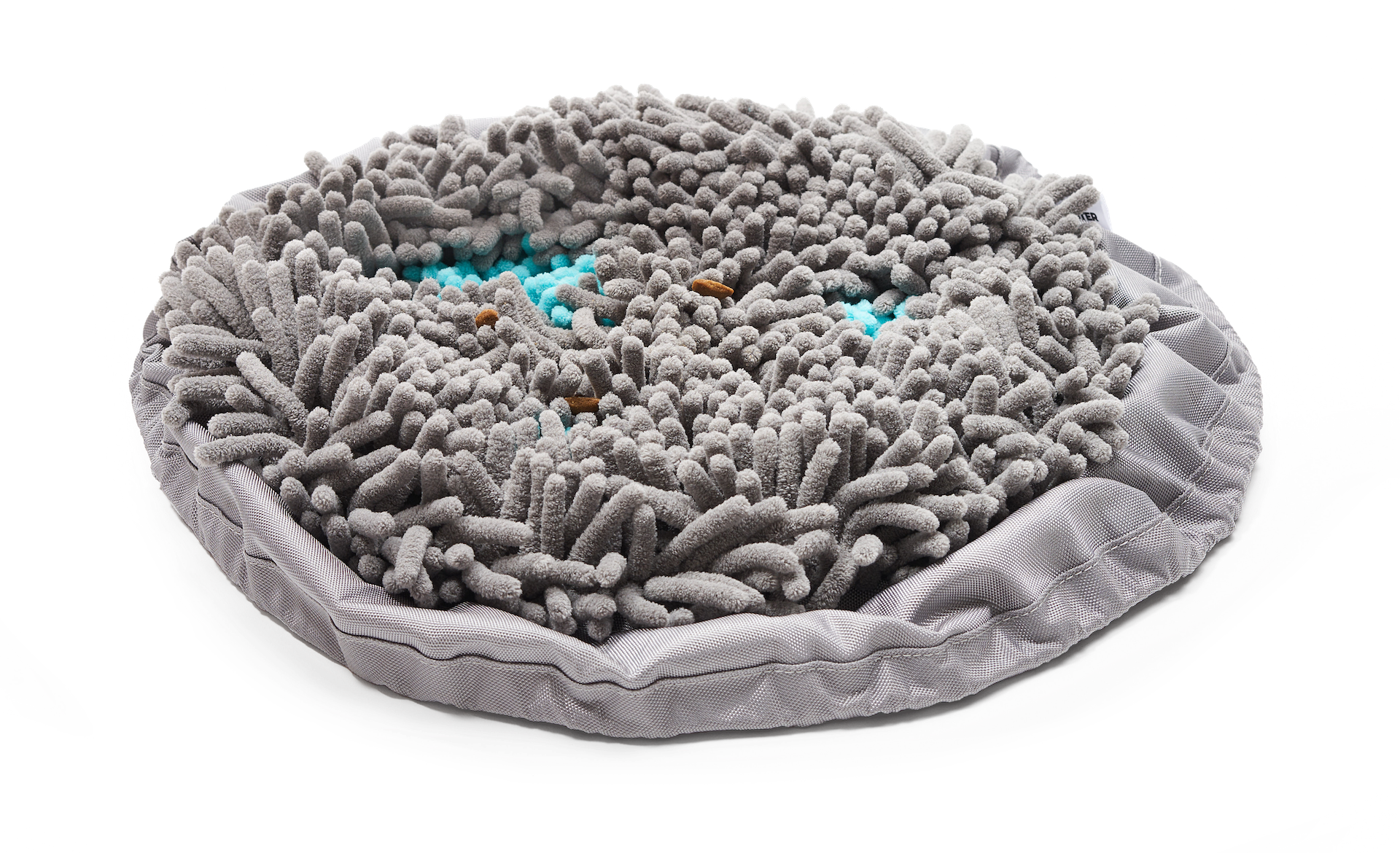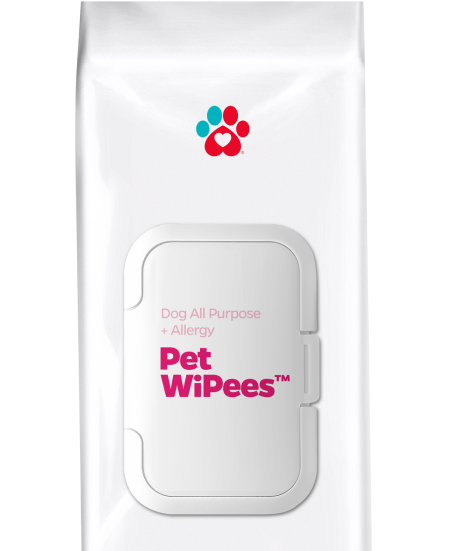Unlike humans who sweat, dogs can’t. So to regulate their body heat they do it through panting. But sometimes, when the body temperature of your furbaby rises too high, panting is not enough and that is when they suffer from heat stroke. In this article, we’ll talk about heat stroke in dogs, its symptoms, do’s and don’ts when your dog experiences one, and ways to help prevent your dog from experiencing it.
What is Heat Stroke in Dogs?
Can dogs get heat stroke? Yes, and dogs can indeed get heat stroke and it is a very serious condition. If your dog is feeling too hot and is incapable to decrease their body temperature by panting, they will develop heat stroke. Dog heat stroke can develop quickly and if not managed or treated immediately, can be life-threatening.
"The most telling symptom of heat stroke in dogs is excessive panting"
What happens when a dog gets heat stroke? According to Noah’s Ark Veterinary Hospital, heat stroke happens when your dog’s temperature exceeds its healthy, normal range and they are unable to properly regulate their body heat. Heat stroke can be just mild heat exhaustion that can be dealt with at home or a severe heat stroke where your furbaby loses consciousness and experiences organ failure.
What Causes Heat Stroke in Dogs?
Two of the most common causes of heat stroke in dogs is an extremely warm environment and too much strenuous physical activity.
However, some dogs are more prone to heat stroke than others. Dog breeds with thick fur (like the Siberian Husky, Saint Bernard), short noses (like the French Bulldog, Pug), or those suffering from medical conditions have higher risks of suffering heat stroke. Even dogs who love doing exercises and physical activities must still be monitored all the time for signs of heat stroke, particularly on days where it’s too hot and humid.
What are the symptoms of heat stoke in dogs? The most telling symptom of heat stroke in dogs is excessive panting but there are other ways how to know if your dog is having a heat stroke. Here are some of the most common signs of heat stroke in dogs:
Signs of Heat Stroke in Dogs
Breathing difficulties. If your dog is panting very heavily, they could be experiencing heat stroke. As mentioned above, some dogs are more prone to developing heat stroke. These dogs breeds are the ones with flat-faces and short-noses, like the French Bulldogs, Boston Terriers, Pugs, American Bullies, American Pit Bull Terriers, and the like. A dog is panting heavily or having trouble breathing is one of the most clear symptoms of heat stroke in dogs.
Excessive drooling. Drooling is also a sign of heat stoke in dogs. A dog who drools too much and whose drool is thicker and stickier than normal may be an indication that your dog is experiencing heat stroke. While many dogs drool regularly, excessive drooling or the presence of drool for a dog who does not normally can be heat stroke symptoms for dogs.
Dehydration. Dehydration in dogs is a dangerous sign of heat stroke. A dog experiencing heat stroke or dehydration may show signs of a dry nose, weakness, and sunken eyes. If you see any of these signs of heat stroke in dogs, be sure to offer water as soon as possible to avoid dehydration.
Fever. Fever may also appear when your dog has a heat stroke. According to Pets WebMD, your dog's body temperature should be between 101 and 102.5 degrees Fahrenheit. When their body temperature is over 103 degrees, it is considered to be a fever and can be one of the clear signs of heat stroke in dogs. Note that a fever of 106 degrees or above is dangerous and life-threatening already so a trip to the vet is a must!
Gum colors are bright red, pale pink, purple, or bluish. Notice if your furbaby’s gum colors have changed. A bright red, pale, purple, or even blue colored gum is a sign of heat stroke in dogs. Different colored gums are a easy way to tell if you are noticing dog heat stroke signs quickly without needing a thermometer.
Inability to urinate. Another sign of heat stroke in dogs is the inability or difficulty to pee. This sign of heat stroke in dogs can also indicate dehydration. This can be one of the more subjective signs that is difficult to tell as your dog will not display this symptom of heat stroke as plainly as drooling or gum color.
Other signs of heat stroke in dogs include:
- muscle tremors
- weakness
- vomiting
- diarrhea, this is where you can use Pet Parents® Washable Dog Diapers to keep your home and furbaby clean
- dizziness
- sudden collapse
- seizures
If you notice any of these signs of dog heat stroke in, it is important to get your dog help as soon as possible. Contact your vet in order to treat dog heat stroke and get your furbaby into a cool environment with water available. Heat stroke in dogs can be treated as long as it is noticed and managed as soon as possible. If not, it can cause serious problems like kidney failure, internal bleeding, swelling of the brain, and even death. Therefore, if you notice these symptoms of dog heat stroke, it is better to be safe.

Do’s and Don’ts of Dog Heat Stroke
Most pet parents think that because it is a heat stroke, their dogs just need to cold down. But cooling down your dog is not that simple. Here is a list of some do’s and don’ts when dealing with heat stroke so you can help save your dog’s life from heat stroke.
Dog Heat Stroke Treatment: DON’Ts
- Do not force your furbaby to drinking water. Also, avoid putting water into your unconscious pet’s mouth.
- Do not use ice water in cooling your dog suffering from heat stroke.
- Do not provide an ice bath to cool your overheated dog. If you do this, it may lead to blood vessel constriction which will prevent your dog from cooling down.
Dog Heat Stroke Treatment: DO’s
- Do monitor every 30 to 60 seconds your dog’s rectal temperature to keep track if your furbaby has developed fever or has cooled down.
- Do stop cooling once your furbaby’s rectal temperature has lowered down to 103.5°F.
- Do take your furbaby indoors or to a cool place, like in an air-conditioned room or in front of a fan.
- Do place a cool, wet towel at the back of your dog’s neck, hind legs, and armpits. You are also allowed to gently wet your dog’s paws and ears.
- Do take your dog to the vet as soon as possible for further diagnosis and dog heat stroke treatment once cooling measures have been completed.
How to Prevent Heat Stroke in Dogs
Preventing heat stoke in dogs is essential in order to avoid emergency situations. Here are some ways how to prevent heat stroke in dogs.
Don’t allow your dog to stay out too long. Spending time outdoors is healthy for your dog but staying out too much, especially under the heat of the sun or during peak temperature hours and summer temperatures, is not when considering how to prevent dog heat stroke. Make sure you provide your dog with water and a shady area where they can cool down.
Also, take into consideration to avoid taking your dog to walk in super steep hills and requiring them to do strenuous exercises. If it is too hot outside, you can use a Forager® Mat to supplement exercise inside through mental stimulation. Foraging for food in a snuffle mat will help wear your dog out without risking heat stroke.
Provide your dog a cool place to stay. Turn on your AC or your electrical fans at home to keep certain areas in your house cool. If you take your dog with you when you go somewhere, do not leave your dog inside your parked car.
Cars become much warmer than the temperature outside quickly. In order to prevent heat stroke in dogs, do not leave your dog in a car without AC, even if the window is cracked. It is better to leave your furbaby at home where they are safe and cool.
Provide your dog with accessible, fresh water. Your dog may feel warm on hot, humid days. Always keep their water bowls full and place them in different places of your house. Make sure that your dog always has access to fresh water throughout the day. You can even provide automatic water bowls for your dog.
Offer supplements. Though supplements will not prevent your dog from having heat strokes, supplements can help keep your furbaby’s immunity strong. Giving your dog supplements, especially Pet Parents® Multifunctional SoftSupps®, can improve your dog’s skin & coat health, support hip & joint, promote digestive health, and support a healthy heart & immune function. A dog with a strong immune system will be better prepared for environmental factors and more healthy overall.
Dog heat stroke can be life-threatening. This is where responsible pet parenthood comes in. Learn the signs and symptoms as well as the do’s and don’ts of treatment for heat stroke. Know your dog’s breed and their limits and always supervise them for safety.









